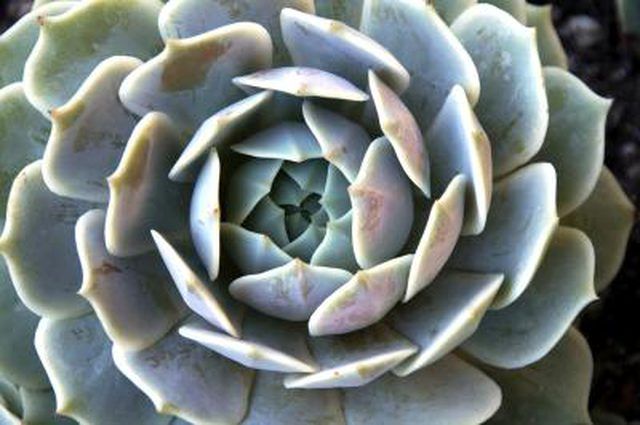Bulbs
Flower Basics
Flower Beds & Specialty Gardens
Flower Garden
Garden Furniture
Garden Gnomes
Garden Seeds
Garden Sheds
Garden Statues
Garden Tools & Supplies
Gardening Basics
Green & Organic
Groundcovers & Vines
Growing Annuals
Growing Basil
Growing Beans
Growing Berries
Growing Blueberries
Growing Cactus
Growing Corn
Growing Cotton
Growing Edibles
Growing Flowers
Growing Garlic
Growing Grapes
Growing Grass
Growing Herbs
Growing Jasmine
Growing Mint
Growing Mushrooms
Orchids
Growing Peanuts
Growing Perennials
Growing Plants
Growing Rosemary
Growing Roses
Growing Strawberries
Growing Sunflowers
Growing Thyme
Growing Tomatoes
Growing Tulips
Growing Vegetables
Herb Basics
Herb Garden
Indoor Growing
Landscaping Basics
Landscaping Patios
Landscaping Plants
Landscaping Shrubs
Landscaping Trees
Landscaping Walks & Pathways
Lawn Basics
Lawn Maintenance
Lawn Mowers
Lawn Ornaments
Lawn Planting
Lawn Tools
Outdoor Growing
Overall Landscape Planning
Pests, Weeds & Problems
Plant Basics
Rock Garden
Rose Garden
Shrubs
Soil
Specialty Gardens
Trees
Vegetable Garden
Yard Maintenance
How to Care for Succulent Plants
How to Care for Succulent Plants. Succulents are a diverse group of plants that flourish under some of the same conditions that cause other plants to go belly-up. Adapted for drought and low fertility, succulent plants are bothered by few pests and diseases. Caring for them is a snap as long as you have a light watering hand, fertilize minimally...

Succulents are a diverse group of plants that flourish under some of the same conditions that cause other plants to go belly-up. Adapted for drought and low fertility, succulent plants are bothered by few pests and diseases. Caring for them is a snap as long as you have a light watering hand, fertilize minimally and make sure they have good drainage.
Drought Adaptability
A little water goes a long way to maintain healthy succulent plants. Commonly called "the camels of the plant world," succulents have specialized tissues in their stems and leaves that store water. Some succulents such as jade (Crassula ovata), also called dollar plant, which grows in U.S. Department of Agriculture plant hardiness zones 11 through 12, have thick, fleshy leaves that serve as water reservoirs. The gel inside the leaves of aloe (Aloe vera), USDA zones 10 through 12, is its water-storage system. Because of the water-retentive adaptability of succulents, overwatering typically causes their roots to rot. Water these plants sparingly, only enough to keep them from withering. The Washington State University Chelan County Extension recommends watering when the leaves become indented.
Ongoing Nutrition
Succulent plants need only infrequent fertilization. When new growth starts in spring, fertilize them with a water-soluble fertilizer diluted to half-strength, which is typically one teaspoon to one gallon of water. Kalanchoe (Kalanchoe blossfeldiana), a flowering succulent that grows in USDA zones 10 through 12, benefits from half-strength fertilizer doses every few months. Some succulents, such as Thanksgiving cactus (Schlumbergera truncata), a perennial in USDA zones 10 through 12, respond best to weaker fertilizer that you apply more often. During the growing season, use a water-soluble fertilizer diluted to one-quarter strength once monthly, which is typically one-half teaspoon to one gallon of water. Always follow label instructions for the particular fertilizer product you are using.
Pinches and Snips
Succulent plants have many forms, including upright, spreading and trailing. Typically, they need pruning only if you want to keep them from becoming leggy or to take cuttings. The best time to prune is in spring, as plants move from dormancy to active growth. Jade and showy sedum (Sedum blossfeldiana), which is a perennial in USDA zones 4 through 9, respond to pinch pruning, which is pinching the growing tips to encourage lateral branching. Aloe and house leek, also called hens and chicks (Sempervivum tectorum), which grows in USDA zones 3 through 8, produce offsets or pups around the mother plant. Simply snip the offsets from the mother plant if the plants become crowded. Disinfect hand pruners by soaking them in a solution of 1 part bleach and 3 parts water for five minutes and rinsing them with water or allowing them to air-dry before cutting plants.
Bothersome Pests
Succulent plants are rarely bothered by insect pests. When they are assaulted, the usual culprits are mealybugs and scale insects. Although they donít resemble each other, mealybugs and scale insects are covered with waxy cuticles, and they pierce the succulent plant tissues to feed on the leaf and stem sap. Scale insects typically are hidden from view, living under a protective armored cuticle. Mealybugs are crawlers that look like white, cottony growths on plants, but they jump if you disturb them. Remove both insects by dabbing them with an alcohol-saturated cotton swab.